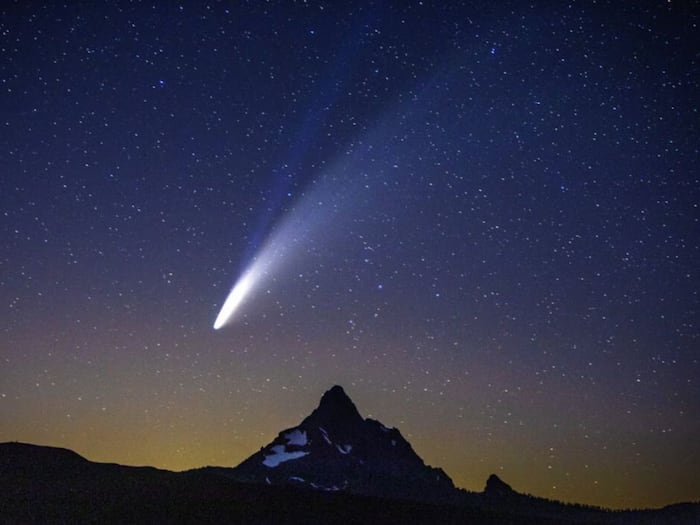
Written By Deepti Ratnam
Published By: Deepti Ratnam | Published: Oct 30, 2025, 10:15 AM (IST)

The world is going to witness one of the rarest universe encounters, the interstellar comet 3I/ATLAS. The rare comet has captured global attention as it is preparing for its closest encounter with the sun. Experts state that this is an extraordinary visitor from beyond our solar system. Scientists mention that the 3I/ATLAS is the only the third confirmed interstellar object ever detected.
As per reports, the Interstellar Comet 3I/ATLAS is expected to reach its closest point to the sun, which is known as the perihelion. The event will take place around October 29 to October 30 at approximately 11:47 Universal Time (UT).
At this time, the 3I/ATLAS will be about 1.36 astronomical units from the sun, which is just beyond Earth’s orbit. Nevertheless, the comet will be positioned on the far side of the Sun, and it will not be visible from Earth during its closest approach.
Reportedly, the comet will peak its activity as it nears the sun. The incident will cause the comet to freeze gases and dust to vaporize, allowing it to form a glowing tail. While it will shine its brightest in October, it will be visible from Earth when it moves away from the sun in early November.
Its actual brightness is expected to remain faint, so large telescopes will be required to observe it clearly.
The 3I/ATLAS is expected to start becoming visible again around November 11, 2025. You will be able to spot it in the eastern sky just before dawn. Nevertheless, it will not be visible to the naked eye. You can only view it via observatories and advanced amateur telescopes.
Scientists observe that the comet is releasing gases like water and carbon dioxide as it warms, and its hyperbolic orbit confirms that it is not bound to our sun, and hence not dangerous for our solar system.